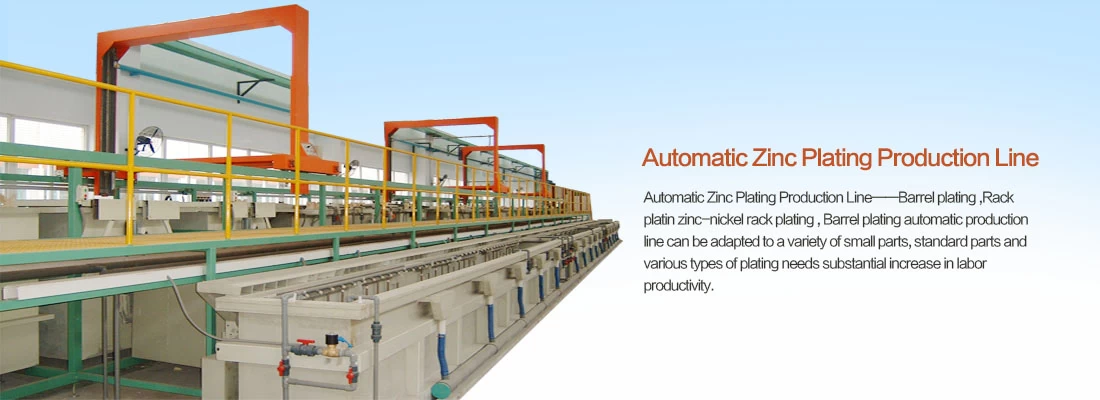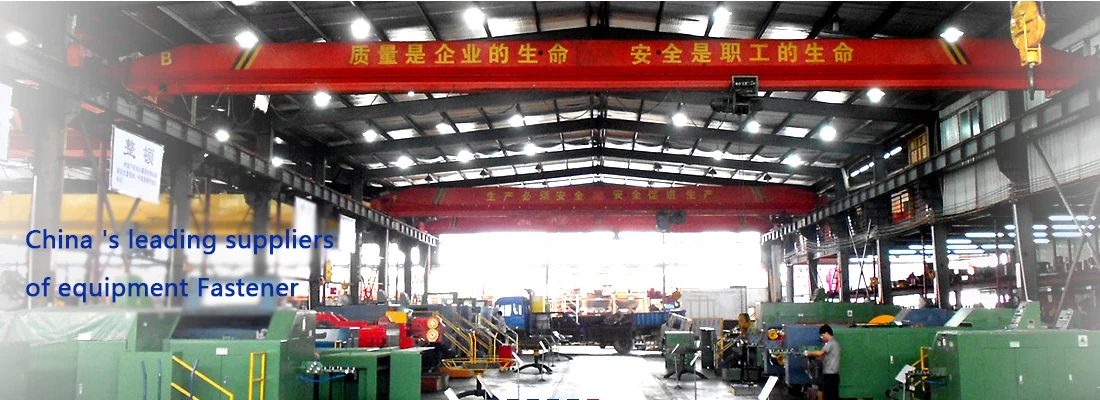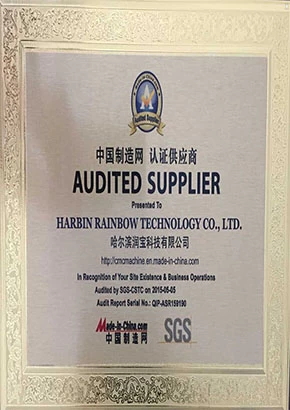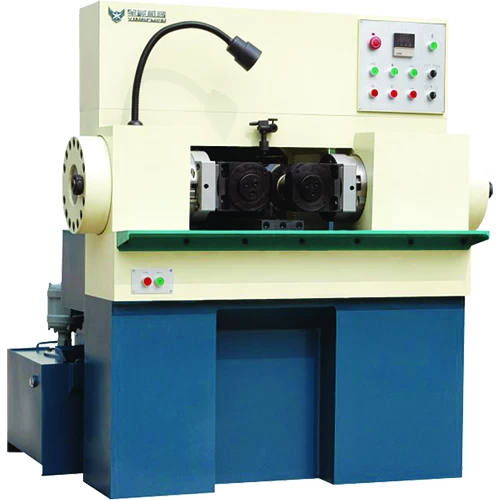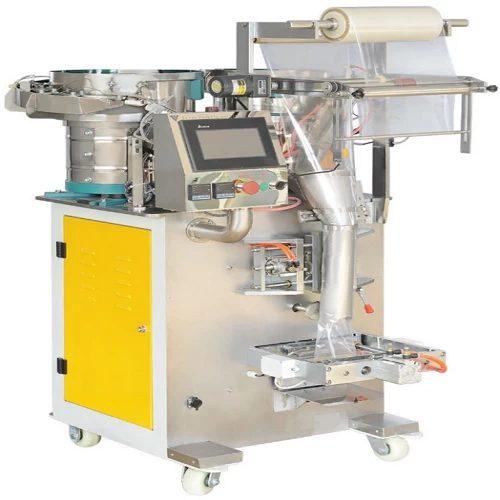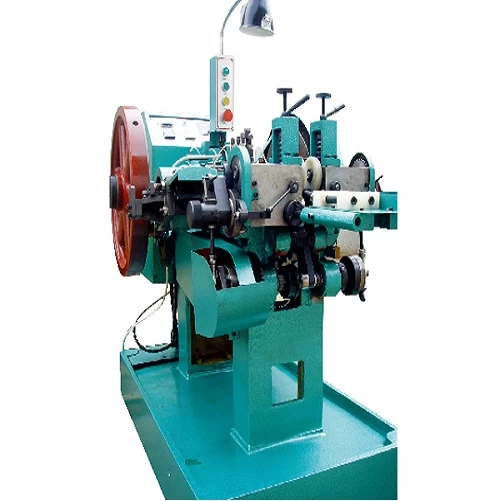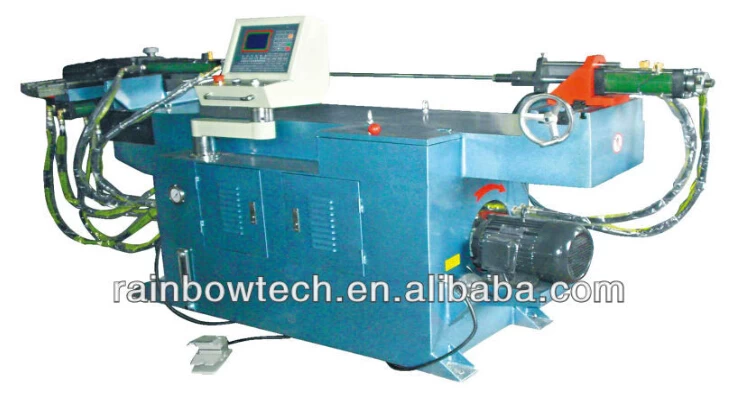The difference between annealed and non-annealed aluminum wire
The main difference between annealed and non-annealed aluminum wire is the physical and mechanical properties of the material. Annealing is a heat treatment process that improves the properties of a material by slowly heating the metal to a certain temperature, holding it for a sufficient period of time, and then cooling it at an appropriate rate. For aluminum wire, annealing can significantly improve its mechanical properties, electrical conductivity and corrosion resistance1
Mechanical properties: Unannealed aluminum wire may have higher hardness and brittleness, while annealed aluminum wire has better ductility and toughness, which can better resist external force and is not easy to break.
Electrical conductivity: Annealing can improve the conductivity of aluminum wire, making it less lost and more efficient during current transmission.
Corrosion resistance: Annealing can also improve the corrosion resistance of aluminum wire, especially in some corrosive environments, the annealed aluminum wire can better resist corrosion and prolong the service life.
To sum up, the main difference between annealing and non-annealing of aluminum wire is that annealing can significantly improve the mechanical properties, conductivity and corrosion resistance of aluminum wire, making it more suitable for various application scenarios.



